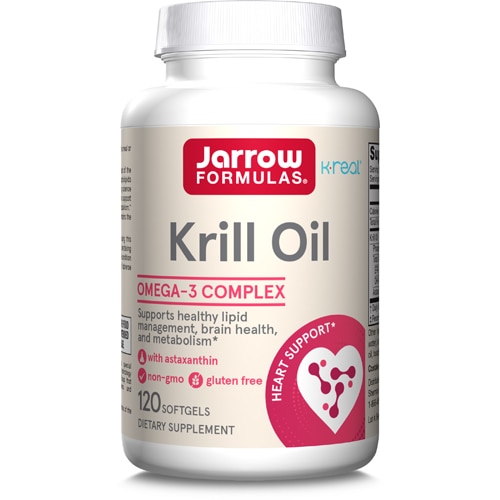If you hope to lower your risk of stroke, now is the time for action – regardless of your age.
Each year, about 795,000 Americans have a stroke, according to the Centers for Disease Control and Prevention.

Most of us think of strokes as something that strikes older people. But that is not always the case. In fact, about 10% of strokes occur in people under the age of 50, according to the Cleveland Clinic.
“Strokes can happen to anyone of any age,” says
Pamela Duncan, a professor of neurology at Wake Forest School of Medicine and a volunteer with the
American Stroke Association.
May is National Stroke Awareness Month, the perfect time to educate yourself about this potentially devastating threat to your health – and to learn how to prevent it.
What causes strokes?
There are many causes of a stroke. But most strokes result from a blocked blood vessel (ischemic stroke) or the leaking or bursting of a blood vessel (hemorrhagic stroke). When a stroke occurs, the blood supply to part of your brain stops or is reduced.
A stroke can significantly damage your brain. When the blood supply diminishes, the cells in the brain lose oxygen and nutrients. For every minute that a stroke remains untreated, 2 million brain cells die, according to the
Society for Public Health Education.
“Getting medical attention and calling 911 as soon as symptoms appear may mean the difference between recovery and disability,” Duncan says.
Hypertension – a condition that impacts about half of adults – is at the root of many strokes. The American Stroke Association defines high blood pressure as a reading above 120/80.
“High blood pressure is the leading cause of stroke, so monitoring and managing it is very important,” Duncan says.
Although strokes tend to impact those over age 50, they also can strike younger people. When this happens, it is typically because of unusual factors, such as:
- Drug abuse
- Genetic conditions, such as congenital heart disease, blood-clotting disorders, sickle cell disease and metabolic conditions.
However, the same factors that trigger strokes in older adults – including high blood pressure – also can cause them in younger people.
How to prevent a stroke
Changing lifestyle habits at any age – including when you are younger – can significantly lower your risk of stroke, both in the near term and in the future.
“About 80% of strokes can be prevented through lifestyle change and managing risky conditions,” Duncan says.
Taking the following steps can reduce your odds of stroke:
Control your blood pressure.
Many of the lifestyle changes listed below can help you get blood pressure readings back to where they should be. “Your doctor may also prescribe medications which can help,” Duncan says. “It is important to take those as directed to keep your risk as low as possible.”
Eat a healthful diet.
Fresh fruits and vegetables should be at the top of your menu. Fiber-rich foods also can help prevent high cholesterol.
Avoid foods high in saturated fats, trans fat and cholesterol. Also, try to limit salt intake, as sodium increases blood pressure, which raises your risk of a stroke.
Maintain a healthy weight.
Those who are overweight or obese are at higher risk for stroke. Talk to your doctor about your weight and whether you need to shed a few pounds.
Exercise regularly.
Physical activity helps you stay trim, and lowers both your cholesterol and blood pressure readings. The U.S. surgeon general recommends two hours and 30 minutes of moderate-intensity aerobic
physical activity each week. A brisk walk qualifies.
Don't smoke and drink in moderation.
Smoking significantly raises your risk of stroke. Drinking too much alcohol can raise your blood pressure. Men should limit themselves to no more than two drinks per day, and women just one.
Finally, Duncan says you should seek emergency care if you or a loved one experience any of the following symptoms of a stroke:
- Face drooping. Does one side of the face droop, or is it numb? Ask the person to smile. Is the person's smile uneven?
- Arm weakness. Is one arm weak or numb? Ask the person to raise both arms. Does one arm drift downward?
- Speech difficulty. Is speech slurred? Is the person unable to speak or hard to understand? Ask the person to repeat a simple sentence like "The sky is blue."
Featured product:

 Most of us think of strokes as something that strikes older people. But that is not always the case. In fact, about 10% of strokes occur in people under the age of 50, according to the Cleveland Clinic.
“Strokes can happen to anyone of any age,” says Pamela Duncan, a professor of neurology at Wake Forest School of Medicine and a volunteer with the American Stroke Association.
May is National Stroke Awareness Month, the perfect time to educate yourself about this potentially devastating threat to your health – and to learn how to prevent it.
Most of us think of strokes as something that strikes older people. But that is not always the case. In fact, about 10% of strokes occur in people under the age of 50, according to the Cleveland Clinic.
“Strokes can happen to anyone of any age,” says Pamela Duncan, a professor of neurology at Wake Forest School of Medicine and a volunteer with the American Stroke Association.
May is National Stroke Awareness Month, the perfect time to educate yourself about this potentially devastating threat to your health – and to learn how to prevent it.




